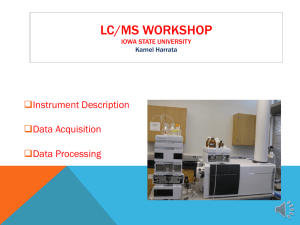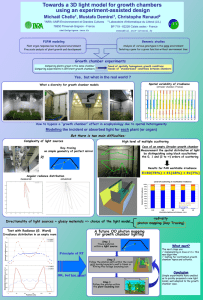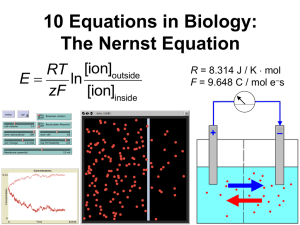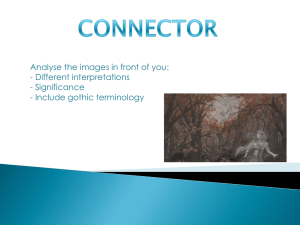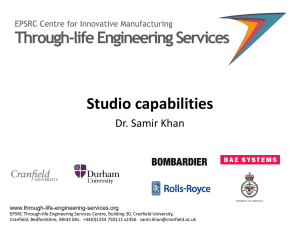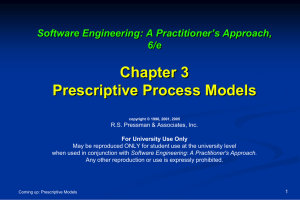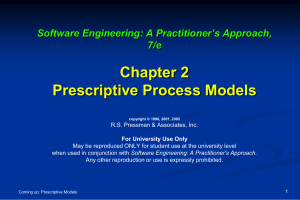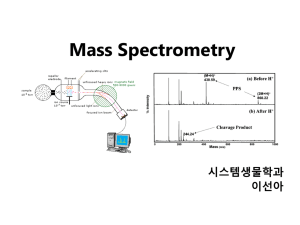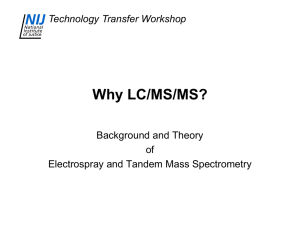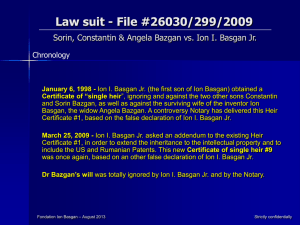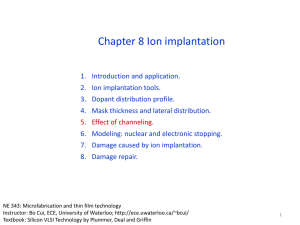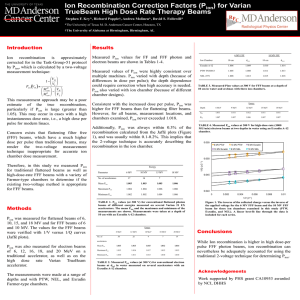ESI 20 Ion Chamber_H..
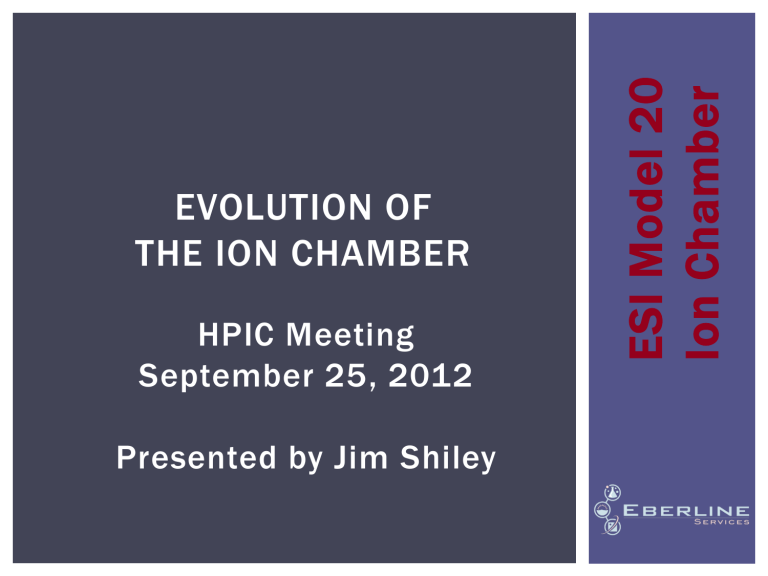
EVOLUTION OF
THE ION CHAMBER
HPIC Meeting
September 25, 2012
Presented by Jim Shiley
BACKGROUND
Some of the oldest and most widely used types of radiation detectors are based on the effects produced when a charged particle passes through a gas.
Ion chamber instruments are, in principle, the simplest and therefore most reliable of these detectors.
HOW AN ION CHAMBER WORKS
(OVER) SIMPLIFIED VERSION
As a fast, charged particle passes through a gas, it interacts with neutral molecules resulting in an ion pair (positive ion and free electron).
This can occur by direct or indirect interaction.
The number of these interactions is a remarkably constant parameter given the gas and type of radiation.
In the presence of an electric field, the ion pairs will migrate or drift.
This drift of ion pairs creates an electric current, which can be measured.
ION CHAMBER EVOLUTION
The ion chamber is the standard workhorse of portable ion chamber survey instrumentation.
Used to determine dose rates and thereby stay times
Essential to ensuring safe work environments.
Eberline Services has been working to redesign this instrument, keeping the full functionality and familiar look and feel while making the unit safer and more user friendly.
CAN MATURE INSTRUMENTS BE
IMPROVED?
Assume that the ion chamber instrumentation can be updated and improved
Get input from users; ESI has a large internal pool of users in our own RCTs and IHTs
Insert new electronics and improve data processing
Reduce weight
Move beyond survey usage
Enhance data collection
Use ESI background in field applications and other developments, e.g. field surveys, GPERS, etc.
GLOBAL POSITIONING ENVIRONMENTAL
RADIOLOGICAL SURVEYOR
GPERS composite technologies are continually updating and improving.
Miniaturization of individual modular components of the GPERS system has allowed the weight burden to be reduce to < 8 pounds!
Surveyor safety is improved greatly with its lightweight and diminished size (integrated system almost unnoticeable for surveyor and allows near uninhibited agility).
GPERS ENHANCEMENTS
Data is collected or monitored:
Locally to a data logger with display to monitor a trace of his survey path and current radiological readings in realtime to verify coverage of any given area. Areas that exceed a user-set radiological trigger point activate an audio cue and are visually highlighted to provide instant notification.
Transmitted via Bluetooth® to a local wireless network/cloud.
Real-time data classification and analysis can be conducted remotely and simultaneously with field teams.
GPERS ADVANTAGES
Lightweight yet rugged and with improved accuracy.
All system components performed without incident while surveying robotically in a 150 R/hr area.
Improved data accuracy quality in a quicker time frame makes “informed” project managers resulting in better efficiency and cost savings.
Large data sets rendered to virtually any AutoCAD or GIS format provides easily understandable graphical representations of otherwise quite an overwhelming volumes of data.
GPERS MAPS -
CHARACTERIZATION SURVEY
GPERS MAPS –
FINAL STATUS SURVEY
FEEDBACK FROM USERS
Instrument primarily used for quick surveys not extensive data collection
Users like an analog display rather than digital
Ergonomic improvements were not considered important
Went through several variations on handles, but users liked old style
Durability is important.
Familiar packaging styles was preferred
Calibrations important
Reliable battery power important
Weight reduction is a good goal
ESI MODEL 20 ION CHAMBER
ESI MODEL 20 ION CHAMBER
Older generation instruments used taut-band meters that were susceptible to movement-induced needle wobble. New instruments utilize microcontroller / gear-reduced stepper motor design to eliminate the wobble while keeping the familiar look.
Temperature and pressure sensors are used to automatically compensate the readings, alleviating the user from tedious manual corrections for atmospheric pressure.
ESI MODEL 20 ION CHAMBER
Consumable materials, such as the desiccant, are viewable without opening the case.
Rechargeable batteries reduce the need to open the instrument case.
Access within the case is easier, including a threaded chamber with no attaching cable, which allows extremely easy replacement.
The instruments are getting lighter.
CALIBRATION
Most important, the new generation ESI Model 20 is calibrated from a computer through the USB port .
This allows all ranges to be calibrated quickly from a single point and reduces the exposure of the calibration technician to the calibration sources.
User-definable settings can be set at the same time and stored in the non-volatile memory.
CALIBRATION SCREENSHOT
NEW PLATFORM
ESI Model 20 provides a recognizable instrument easily useable by personnel experienced in ion chamber meters.
However, unit is a platform for more extensive usage.
Digital operation allows expansion of capabilities.
Can be used for data collection.
